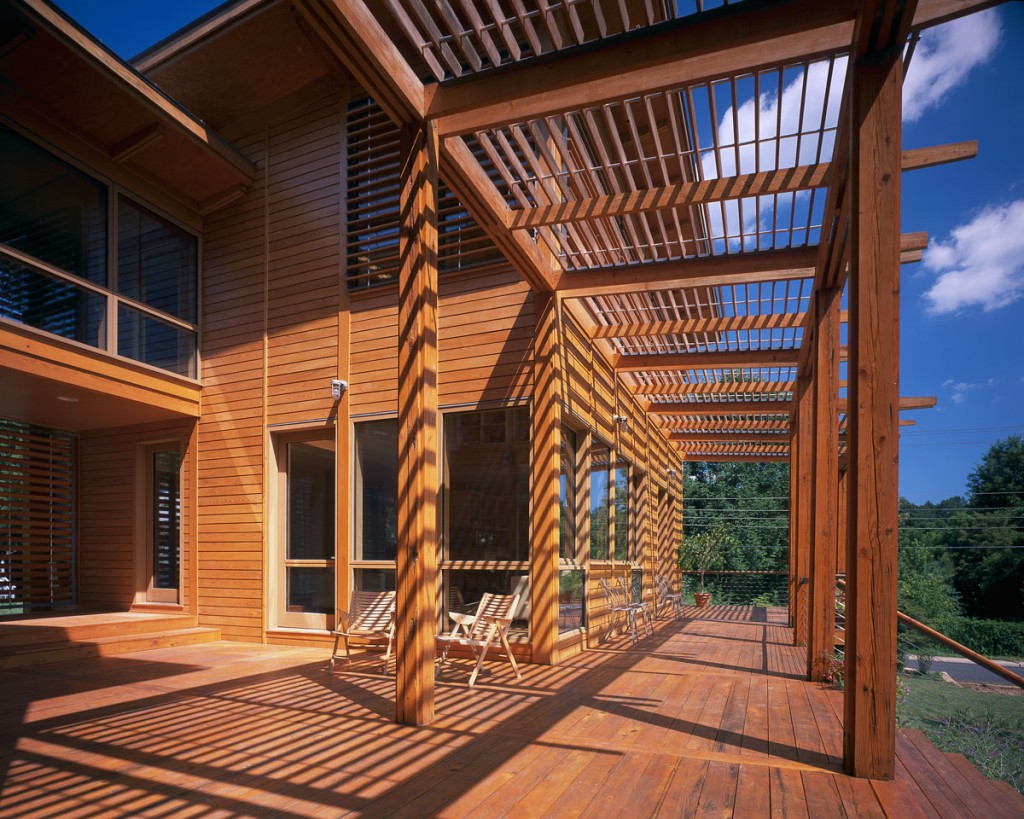Nature teaches us the importance of beauty for survival. Color in the plumage of birds, the smell of flowers are but two examples of natural selection to promote procreation (of course, beauty is in the eye of the beholder, consider the horny toad – not called horny for nothing). Nature doesn’t call this green design, it’s just good practice!
If a house or housing complex is not pleasing to the purchaser, it won’t sell. Consider Pruitt-Igoe, once touted as St. Louis’ panacea to housing for the poor. Even with subsidized rents, the building never reached 90% occupancy and was demolished after only twenty years. If it isn’t beautiful, it won’t sell, and even if it’s free, no one will pick it up from the roadside of housing detritus.
A lot of resources go into a building and the longer that building endures, the lower the environmental impact.
Architects must solve for a series of criteria: how does the building take best advantage of views, harness the sun and wind, solve the space requirements|adjacencies, optimize water and energy use, be resource efficient, nurture the local ecosystem, enhance inhabitants’ quality of life, and — delight? The architect’s goal in designing a green building is to find a solution that is an elegantly integrated whole. Beauty is not a trade-off for green design — beauty is essential to a building’s survival and therefore its environmental impact.

